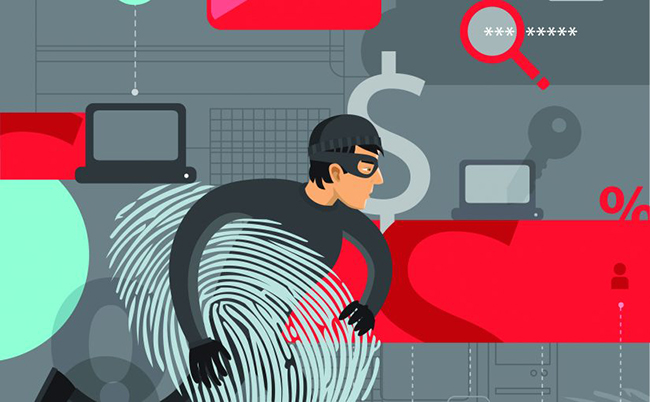There is a common misconception that the most dangerous threats on the modern users’ digital journeys are encountered during Internet surfing. The reality however, based on the most recent analysis of cyberattacks in Saudi Arabia in 2020 by Kaspersky experts, is that users are in fact more likely to face attacks from malware hidden within their devices.
Such threats either are classified as ‘local’, which means they are detected on users’ devices or on portable data storage devices, such as flash drives. In 2020, 30% of Kaspersky private users and 26% of all corporate users in Saudi Arabia were attacked by such threats. In comparison, web attacks affected only 10% and 6%, respectively.
Unfortunately, there has been an increase in the sophistication of such threats – which may be hiding on the user’s device within a seemingly legitimate file for a while, to fly under the radar, and only strike later.
“The cyber threat landscape across Saudi Arabia is constantly evolving,” says Denis Parinov, a cybersecurity expert at Kaspersky. “A few years ago there were many more drive-by attacks –when different malicious software is downloaded and run while the user simply browses the Internet. Nowadays, most of the web-threats ‘stays in browser’: they specialize in content replacement, browser locking or clickjacking, online-skimming, cookie stuffing, etc., Now the situation when the user could download a malicious file directly is not too frequent. It’s more common for a malware to be disguised as something else to hide from the security solutions, remaining an unseen threat to users. The good news however is that modern security solutions are too advanced for such malware to fly below radar – it is more likely to be blocked either during the initial scan of the file by a security solution that happens by default, or within the very moment such programs attempt to launch.”
To protect against cyber threats including malware, Kaspersky recommends adhering to the following guidelines:
- Do not follow dubious links from letters, messages in instant messengers or SMS
- Regularly install updates for the operating system and applications
- Install applications only from official stores
- Use complex and different passwords for accounts
- Regularly copy important data from your device to the cloud, to a USB flash drive or hard drive
- Do not give applications access to those functions that they do not need
- Install a reliable security solution such as Kaspersky Internet Security
In addition, companies are encouraged to provide training to improve cyber literacy among their employees. For example, the automated platform Kaspersky ASAP helps to develop safe behaviour skills and form sustainable cybersecurity habits. The solution allows the company to assess the current knowledge of an employee in the field of cybersecurity, and in accordance with this, determine the set of skills that the employee needs, depending on job duties and risk profile, and build a timetable for the program.


COMMENTS